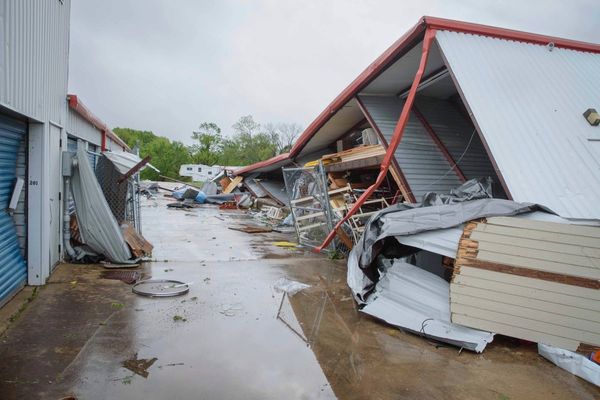IN December, more than £1 million was granted to environmental charities to help restore Scottish biodiversity and tackle the nature-climate crisis.
Among the recipients was the British Dragonfly Society (BDS), which received £225,238 to help restore bogs for rare dragonflies in northern Scotland.
BDS aims to improve the habitats and survival of the rarest species of dragonflies.
In Scotland, a total of 29 dragonfly species have been recorded, 23 of which are resident breeding species. Of these, three species breed exclusively in Scotland: The northern damselfly, azure hawker, and northern emerald.
The northern damselfly is listed as endangered, the azure hawker as vulnerable and the northern emerald as near threatened.
Thanks to the funding, BDS is planning on restoring pools essential for the species to help them survive the changing temperature and dryness brought by climate change, and start a project called "Dragonflies on the Bog" in diverse places in Scotland from the highlands to Fife near Loch Leven.
“These species are really struggling in Scotland because, believe it or not [Scotland] is drying out,” said Jennifer Davidson, Scotland conservation officer for BDS.

One of the key species the BDS is focusing on is the azure hawker, found in northern and central Scotland, above the tundra line, at elevations between 300 to 700 meters in “peat bogs, tiny little channels, shallow pools," said Davidson.
These areas are particularly vulnerable to temperature shifts, which have become a growing threat to the species as it prefers cool, acidic waters, typically found in bogs, ponds, and lakes at higher altitudes.
“They are really particular about what they want,” said Davidson.
She explained that species in Scotland have a high rate of mortality and low productivity because of their preferred habitats. Since they tend to live at higher altitudes, these areas are vulnerable to temperature changes, as “in the mountains, it can be very hot there during summer and very cold in winter,” said Davidson.
The scarcity of suitable breeding sites, combined with Scotland’s harsh climate, results in lower survival rates for both larvae and adults.
One of the main reasons why the species are suffering is because the pools are drying out, said Davidson, as “once a pool has died, everything in it dies”.
To counter these challenges, the BDS is working closely with landowners and farmers to restore essential ponds and ensure their long-term maintenance, helping these vulnerable species survive in the face of climate change.
Snowy weather delayed progress, but Davidson hopes to complete the restoration work by the end of March.
The funding will also be allocated to monitor the species found in Scotland.
While part of the project is dedicated to monitoring, it is challenging the shortage of experts.
Monitoring is crucial, as Scotland's dragonfly species are poorly tracked in terms of population numbers.
“We are saying they are rare, but are they that rare? We do not have the coverage to say what the real numbers are,” she said.
Davidson explained that Dumfries and Galloway once had a population of azure hawker, “but the trouble is they have not been recorded there for a long time. Have they gone extinct because of climate change? It is getting warmer and warmer”.
The last confirmed sighting of the azure hawker in Dumfries and Galloway was in 2011.
She observed that as temperatures rise, various species are moving further north to find cooler, milder conditions, such as the southern hawker and broad-bodied chaser.
“Is it too warm for them in Dumfries and Galloway now? We don’t know,” she said, pointing out the lack of monitoring.

The funding received by the environmental charities is part of the Scottish Government’s Nature Restoration Fund (NFN).







